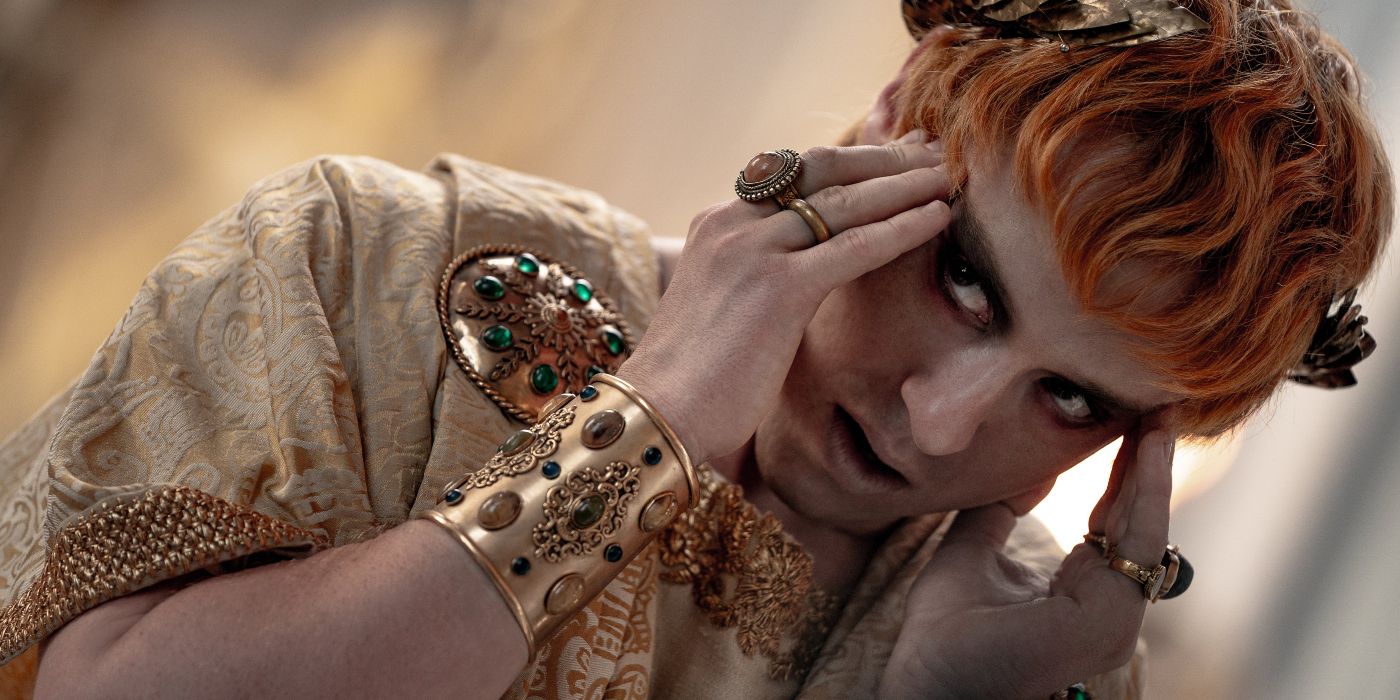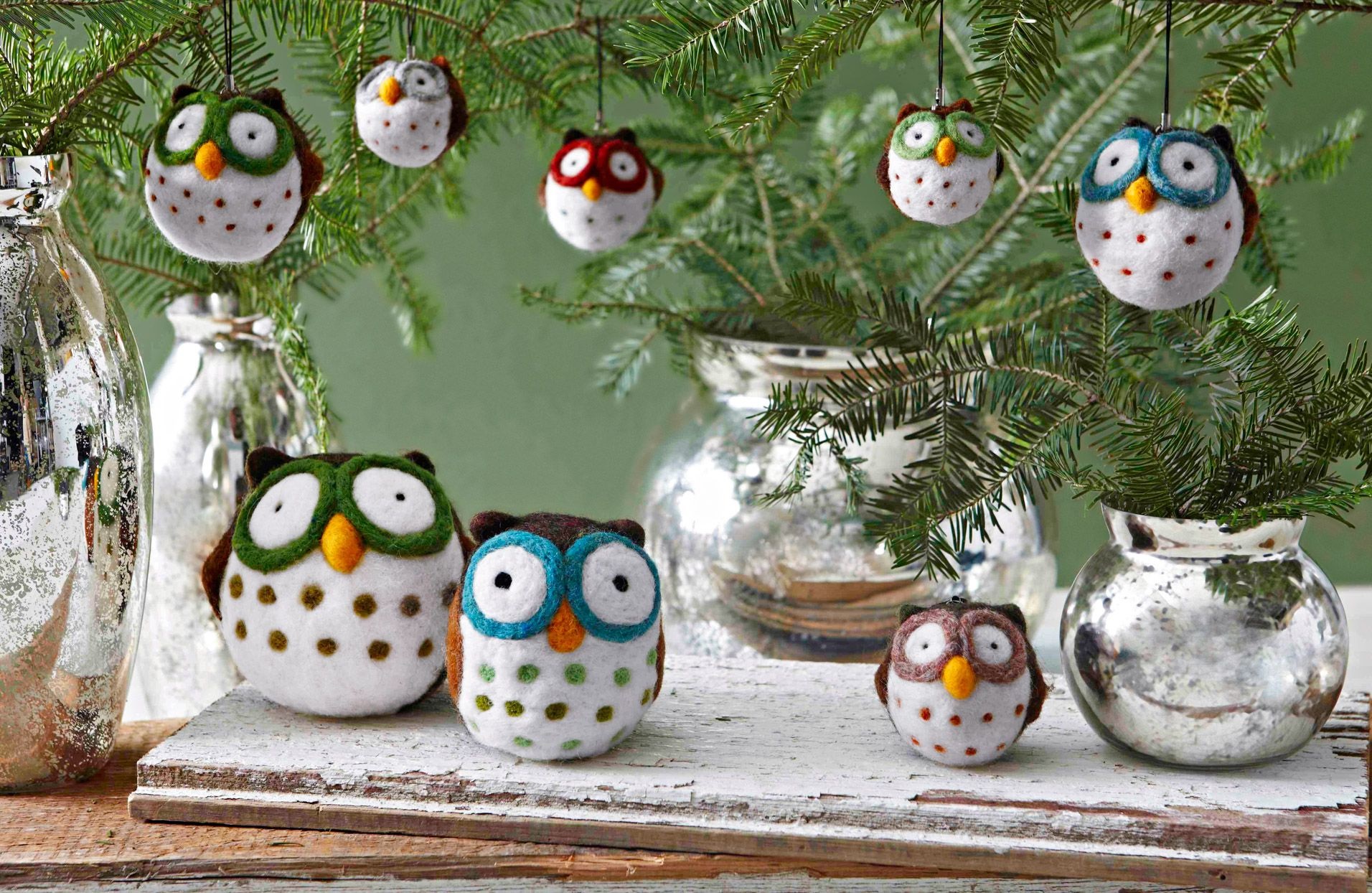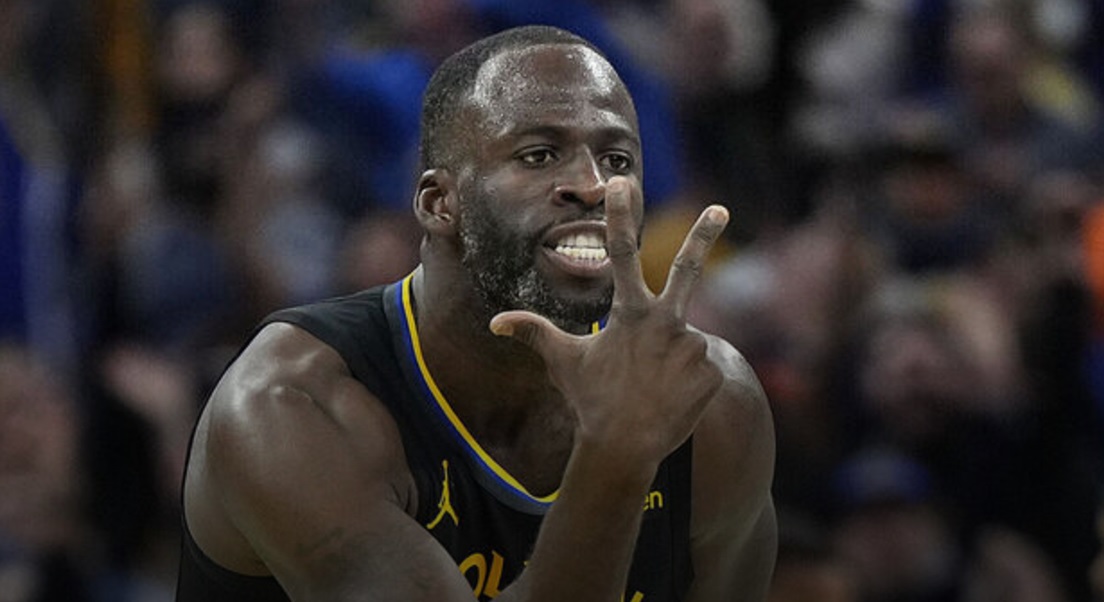Horse racing has been a beloved sport for centuries, even millennia. Chariot racing was one of the most popular sports in Ancient Rome and Greece, these races were even included in the earliest Olympic Games. So, since at least 700 BCE, people have been watching and betting on horse races.
That’s a long time for anything to remain popular! While chariot racing faded out of fashion centuries ago, other forms of horse racing have taken its place. Some of these involve carts or buggies, but most are simply a jockey on horseback.
While the Romans were happy to bet their coins on chariot races, they could never have imagined all the betting tools we have today. Especially now that online sports betting has been growing in popularity and accessibility across the United States, it’s easier than ever to bet on the big races.
Race fans now have access to a number of bookmakers instead of being tied to whichever company operated in their town or at their local racecourse. With sportsbook guides to help customers choose between bookmakers, find the best odds and even get hot tips, people can now place more informed bets.
Even if you’re not interested in betting on the races, there’s nothing quite like watching a field of horses running full tilt for the finish line. In this blog post, we’re going to take a quick peek at the history and types of horse racing and then talk about some of the reasons why it is such a timeless sport.
A brief history
As we mentioned above, horse racing in some form or another has been popular for over a thousand years. After chariot racing fell out of fashion, other forms rose to take its place. Since horses played an important role in the military and hunting, riding skills were essential.
While riderless horse races were a rare — but celebrated — event, races with jockeys became the standard since it allowed the rider to demonstrate their skill as well as the horse’s abilities. By the 1600s, flat track racing as we know it had largely come into being in England.
Since then, racing hasn’t changed very much. What has changed are the horses. Horses have been specially bred over the centuries to suit different needs, from working and jumping to speed and agility. The Thoroughbred is the breed of horse most commonly used for racing.
Types of horse racing
There are four main forms of horse racing today: flat, jump, harness and endurance. Each one has its loyal fans. The different types all demonstrate different skills from the horses and certain breeds excel at one type of racing but aren’t used in the others.
Most modern horse racing that draws in the big crowds is flat racing. Flat racing is where horses race along a straight path or around an oval track. The track surface is either turf or dirt. Events such as the Kentucky Derby, the Epsom Derby and the Melbourne Cup are all examples of flat races.
Jump racing is also known as Steeplechase or National Hunt Racing. In this type of racing, the horses jump over obstacles that can include hurdles, bushes, ditches and water-filled ditches. Jump racing is very popular in Ireland, the United Kingdom and America, but less so elsewhere.
Harness racing is the closest equivalent to the ancient chariot races. Horses race around a track while pulling a small cart known as a sulky. Unlike flat racing where the horses gallop, in harness racing they are required to maintain a trot or a pace.
Endurance racing is less of a spectator sport but is one of the most dramatic forms of horse racing. These are long distance races of anywhere from 100 miles to several thousand. The Ocean of Fire — the setting of the film Hidalgo (2004) — is the most famous race despite debates over whether or not it actually existed.
Why has it endured?
This brings us to the question of why horse racing has remained such a popular sport for so long. Three of the main reasons are that it is exciting, it is beautiful and it has become a part of our culture.
Exciting
Watching elite athletes perform is always exciting. Yet even when watching a player like Kylian Mbappé, a French soccer star who is on track to become one of the best players in the world, there is a part of our brains that compares ourselves and wonders if we could ever perform at that level.
Watching a horse race is different. Even though there is a jockey, the focus is entirely on the horse. We can only watch and marvel at the speed and strength of the animals – they are so big and so fast, and the sounds of their hoofbeats are intense.
The crowd plays a part too: watching a horse race with a roaring crowd is a huge adrenaline boost that just adds to the excitement. Anyone who’s been to a race or seen the iconic scene in My Fair Lady knows how easy it is to get carried away by the intensity of the crowd.
Beautiful
Horses are beautiful animals, and the elite Thoroughbreds are among some of the most stunning among them. People have been trying to capture the beauty of horses are since the days of cave paintings – we are fascinated by and in awe of them.
Now that most of the population lives in urban areas, horse races might be the closest many will ever be to a horse. For that reason alone, many people enjoy horse racing. It allows them to feel a slight connection with these animals that we have relied on for thousands of years.
Cultural
The last reason that horse racing is still popular is tied to its long history. Racing horses has been a part of our culture for so long that it has become an important part of it. Just like other long-established traditions, horse racing has the weight of history behind it.
There are certain events such as the Kentucky Derby that have their own traditions as well. The clothing, cocktails and socializing that is part of attending the race have also become their own cultural tradition. Layers of tradition and experiences like these make it an important event in its own right.
Horse racing has existed in some form or another for more than a thousand years. We might not need to use horses for transportation or military work anymore, but we can still marvel at their abilities. Horse racing will surely remain a popular pastime for centuries to come.
You can view the original article HERE.






























